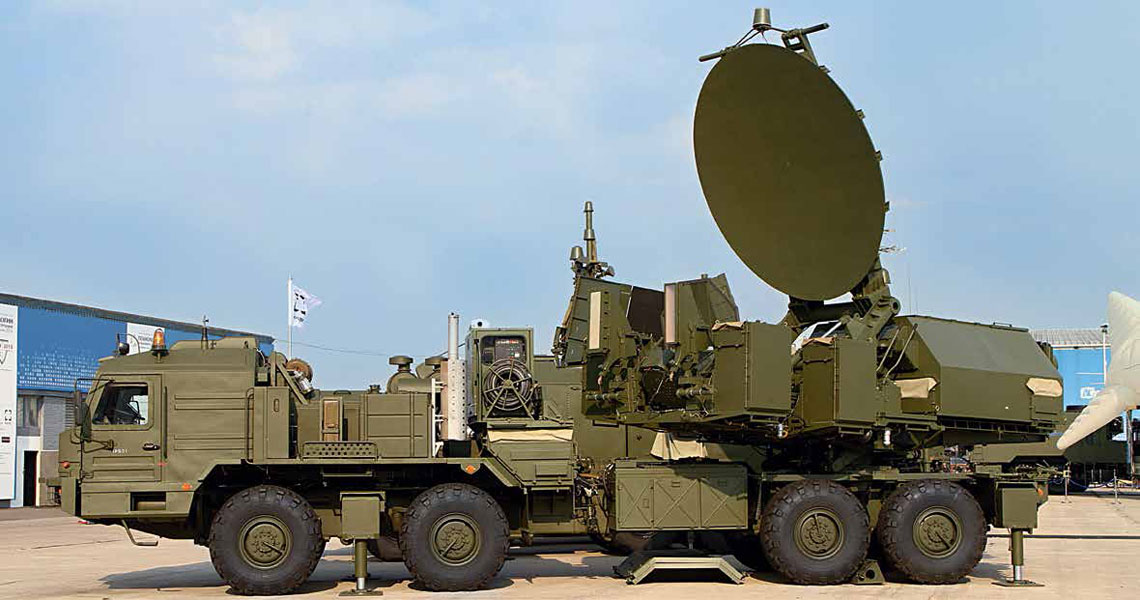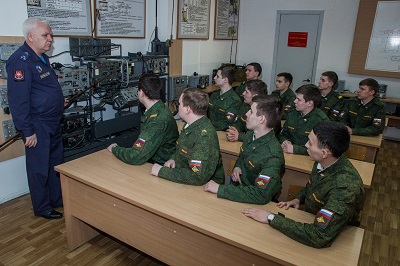
New Russian intelligence and electronic warfare systems

1L269 Krasucha-2 is one of the newest and most mysterious breakthrough stations of the Armed Forces of the Russian Federation. It has impressive dimensions and an antenna unusual for this function.
The idea of electronic warfare was born almost simultaneously with the use of radio communications for military purposes. The military was the first to appreciate the role of wireless communication - it was not for nothing that the first tests of Marconi and Popov took place from the decks of warships. They were the first to think about how to make it difficult for the enemy to use such communications. However, at first, the possibility of eavesdropping on the enemy was used in practice. For example, the battle of Tannenberg in 1914 was won by the Germans largely due to the knowledge of the enemy's plans, which the Russian staff spoke about on the radio.
Communication interference was initially very primitive: after manually determining the frequency on which the enemy radio was broadcasting, voice messages were broadcast on it, blocking the enemy’s conversations. Over time, they began to use noise interference, for which it was not necessary to use many operators, but only powerful radio stations. The next steps are automatic frequency search and tuning, more complex types of interference, etc. With the advent of the first radar devices, people began to look for ways to interfere with their work. During the Great Patriotic War, these were mostly passive methods, i.e. the formation of dipole clouds (strips of metallized foil) reflecting enemy radar pulses.
After World War II, the number and variety of electronic devices used by the military for communications, intelligence, navigation, etc. grew rapidly. Over time, devices using satellite elements also appeared. The military's reliance on wireless communication grew steadily, and the difficulty of maintaining it often paralyzed the fighting. During the Falklands War of 1982, for example, the British Marines had so many radios that they not only interfered with each other, but also blocked the work of friend-foe transponders. As a result, the British lost more helicopters from the fire of their troops than the enemy. The immediate solution was to ban the use of radio stations at the platoon level and replace them with ... signal flags, a large number of which were delivered by special aircraft from warehouses in England.
It is not surprising that there are electronic warfare units in almost all the armies of the world. It is also obvious that their equipment is especially protected - the enemy should not know what methods of interference threaten him, what devices may lose their effectiveness after their use, etc. Detailed knowledge of this subject allows you to develop countermoves in advance: the introduction of other frequencies, new methods of encrypting transmitted information, or even new ways to use electronic equipment. Therefore, public presentations of electronic countermeasures (EW - electronic warfare) are not frequent and detailed characteristics of such means are rarely given. During the aviation and space show MAKS-2015, which took place in August 2015 in Moscow, a record number of such devices was shown and some information about them was given. The reasons for this openness are prosaic: the Russian defense industry is still underfunded by the budget and central orders, so it must receive most of its income from exports. Finding overseas customers requires product marketing, which is a costly and time-consuming process. It rarely happens that immediately after the public presentation of new military equipment, a customer appears who is ready to immediately buy it and pay in advance for untested solutions. Therefore, the course of a marketing campaign is usually as follows: first, general and usually enthusiastic information about a “new, sensational weapon” appears in the media of the manufacturer’s country, then information is provided about its adoption by the manufacturer’s country. , then the first public presentation, usually in a halo of sensation and secrecy (without technical data, for selected persons), and, finally, the equipment allowed for export is demonstrated at one of the prestigious military salons.
